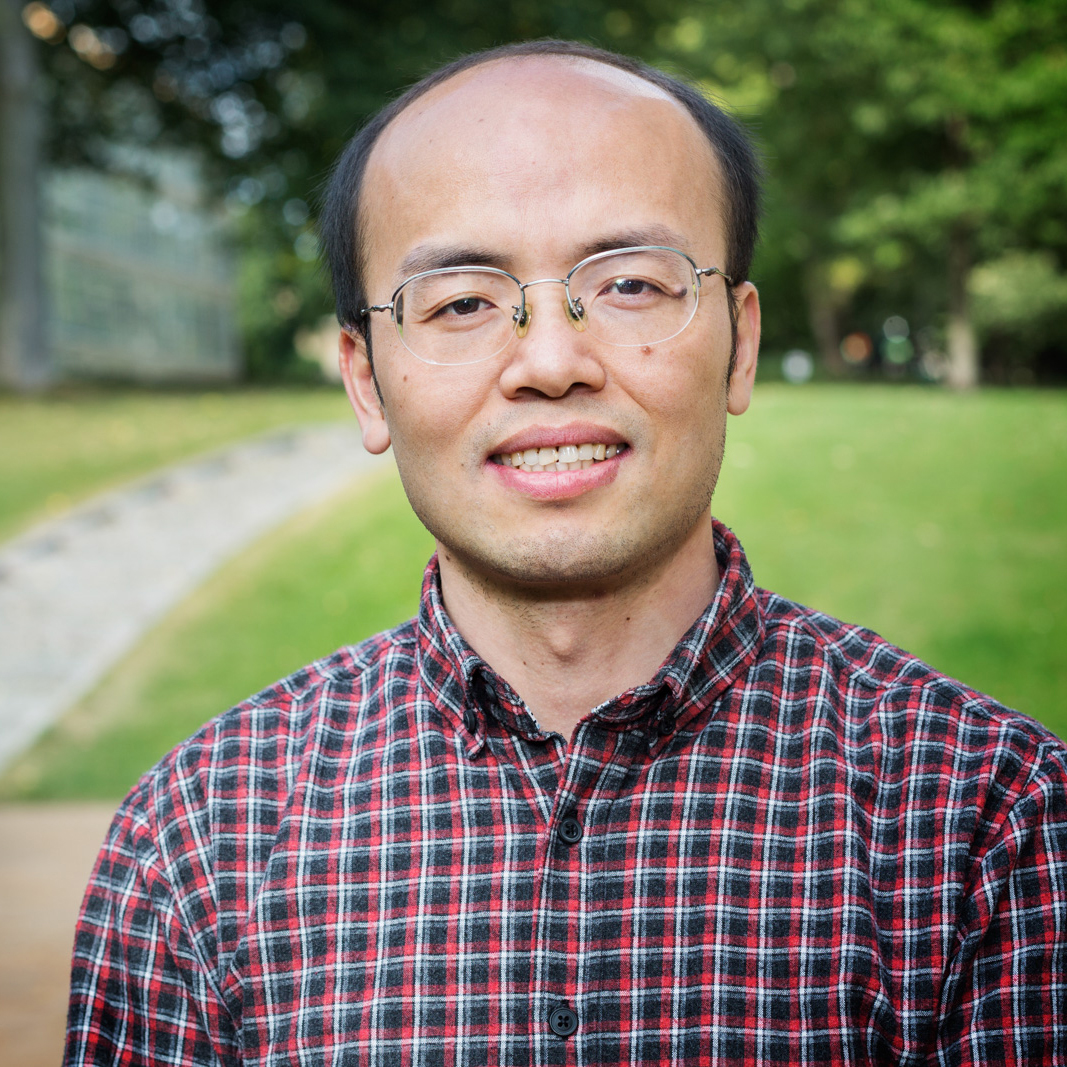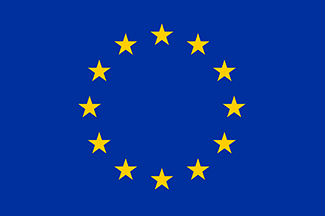
Bacterial photosynthesis represents an extraordinary biological innovation. Mimicking/engineering this process has long been thought to be a promising way to meet the increasing needs for energy by human society. Achieving these goals requires a deep understanding of how bacterial photosynthesis has evolved and how it functions. Recently, purple bacterial reaction centers were found in a member of the understudied bacterial phylum Gemmatimonadetes, which gives us an inspiring example as to how nature make the photosynthesis function transferrable between distantly related bacteria. However, we still know very little about phototrophic Gemmatimonadetes bacteria (PGB). This greatly limits our ability to assess their genomic properties, ecological significance and evolutionary history.
In this project, I will study the hitherto uncultured PGB dwelling in soils, active sludge and on plant surfaces by combining traditional microbiology and cutting-edge sequencing technology. I plan to: (a), assemble a highly sensitive infrared imaging system for fast identification of bacteriochlorophyll-containing bacteria; (b), conduct a quantitative study of the abundance of PGB in various types of environments; (c), isolate PGB strains and sequence their genomes to elucidate the patterns of genomic evolution in PGB; (d), develop model PGB organisms to study their physiological responses to oxygen and light availability. The results of this project will not only enhance our understanding of this long-overlooked group of phototrophic bacteria, but also lay a foundation for future exploring their biotechnological potentials.
Project title:
Ecological Genomics of Phototrophic Gemmatimonadetes Bacteria in Diverse Environments
Area of research:
Environmental Microbiology
Fellowship period:
1 Oct 2016 - 30 Sep 2019
Fellowship type:
AIAS-COFUND Marie Skłodowska-Curie Fellowship

This fellowship has received funding from the European Union’s Seventh Framework Programme for research, technological development and demonstration under the Marie Skłodowska-Curie grant agreement No 609033 and The Aarhus University Research Foundation.

